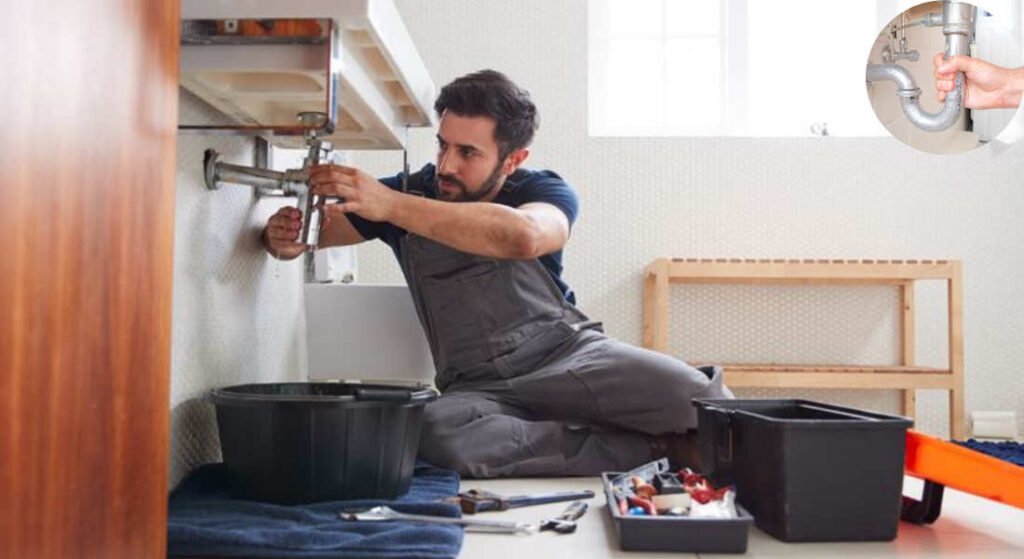When you delve into the world of plumbing, you’ll quickly notice that it comes with its own jargon and terminology. This specialized language can feel overwhelming, especially for homeowners and DIY enthusiasts. One term that often comes up is FIP or Female Iron Pipe.
Understanding what FIP means in plumbing is crucial for anyone involved in home maintenance. Knowing the terminology not only helps you communicate effectively with professionals but also empowers you to tackle DIY projects with confidence. Let’s delve into the intricacies of FIP fittings and their significance in your plumbing system.
Understanding Plumbing Terminology
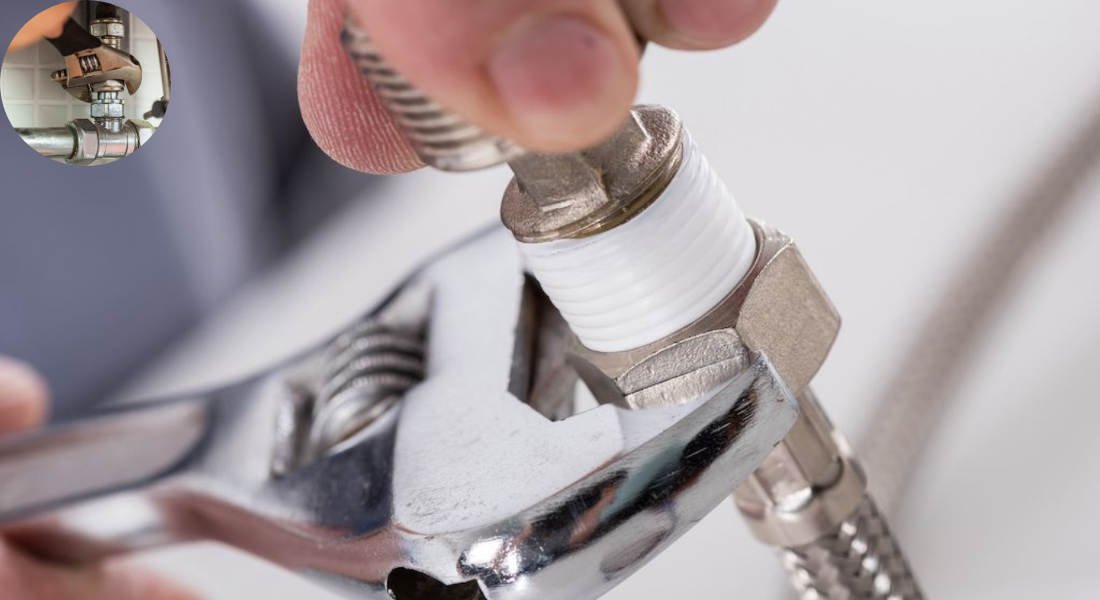
Why Plumbing Uses So Many Acronyms and Abbreviations
Plumbing is a complex field that involves various components, each with specific functions. To simplify communication, professionals use acronyms and abbreviations. This allows them to convey information quickly, especially in urgent situations.
Commonly Confused Terms
Among the most commonly confused acronyms are:
- FIP – Female Iron Pipe
- MIP – Male Iron Pipe
- NPT – National Pipe Thread
Understanding these terms can prevent costly mistakes and misunderstandings in your projects.
The Role of Standardized Fittings
Standardized fittings, including FIP, ensure that components are compatible across different brands and types. This standardization is crucial for maintaining efficiency and safety in plumbing systems.
What Does FIP Mean in Plumbing?
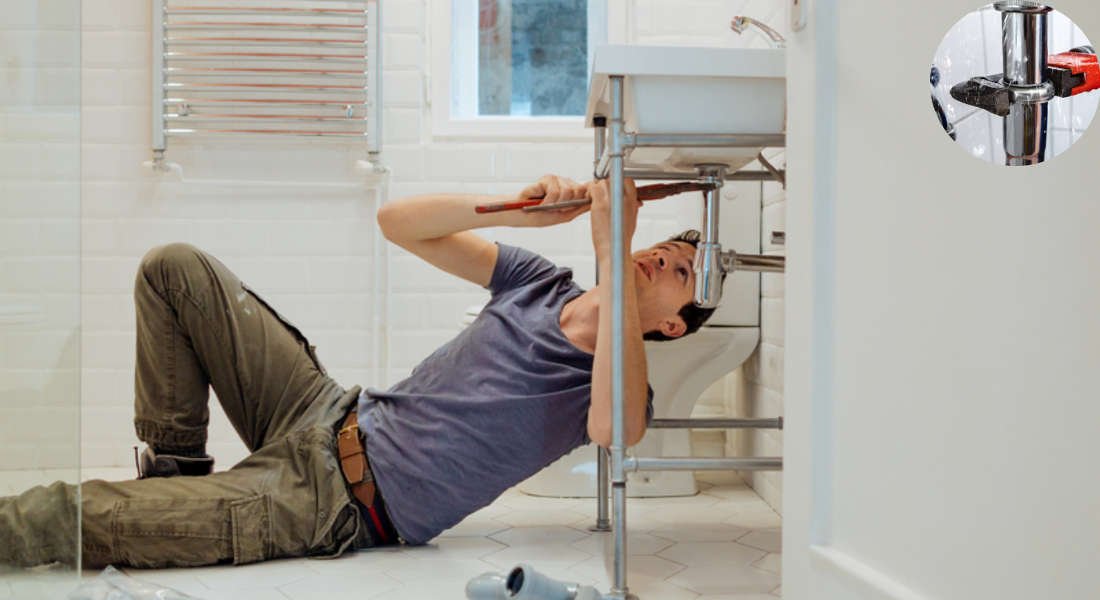
Definition of FIP
FIP stands for Female Iron Pipe. It refers to fittings that have internal threads designed to connect with male-threaded fittings, commonly referred to as MIP (Male Iron Pipe).
You may also read (the role of math in effective house plumbing).
Explanation of the Term “Female”
In plumbing, the term “female” refers to a fitting that has internal threads. This is essential for connecting it securely to a fitting with external threads.
Alternative Names for FIP
FIP fittings are also known by other names, including:
- Female Pipe Thread (FPT)
- Female International Pipe
- Female Internal Pipe
These alternative names highlight the functionality of FIP fittings in plumbing systems.
The Anatomy of FIP Fittings
Description of Threads
FIP fittings consist of various thread components:
- Crests – The highest part of the thread.
- Roots – The lowest part of the thread.
- Flanks – The sides of the thread.
Understanding these parts is crucial for ensuring a proper connection.
Visual Breakdown: How Internal Threads Work
Think of FIP fittings as a socket that receives the male threads of MIP fittings. When they are joined together, they create a tight seal that helps prevent leaks.
Materials Used for FIP Fittings
FIP fittings come in various materials, each suited for different applications:
- Brass – Durable and resistant to corrosion.
- Stainless Steel – Offers strength and longevity.
- PVC – Lightweight and resistant to rust.
- Plastic – Affordable and easy to work with.
- Steel – Strong but prone to corrosion unless treated.
Range of Sizes Available
FIP fittings are available in a wide range of sizes, typically from 1/8 inch to 2 inches and beyond. This variety allows for flexibility in plumbing systems.
Tapered Thread Design
The tapered thread design of FIP fittings is critical for leak prevention. As the fittings are screwed together, the threads compress, creating a tight seal.
How FIP Fittings Work
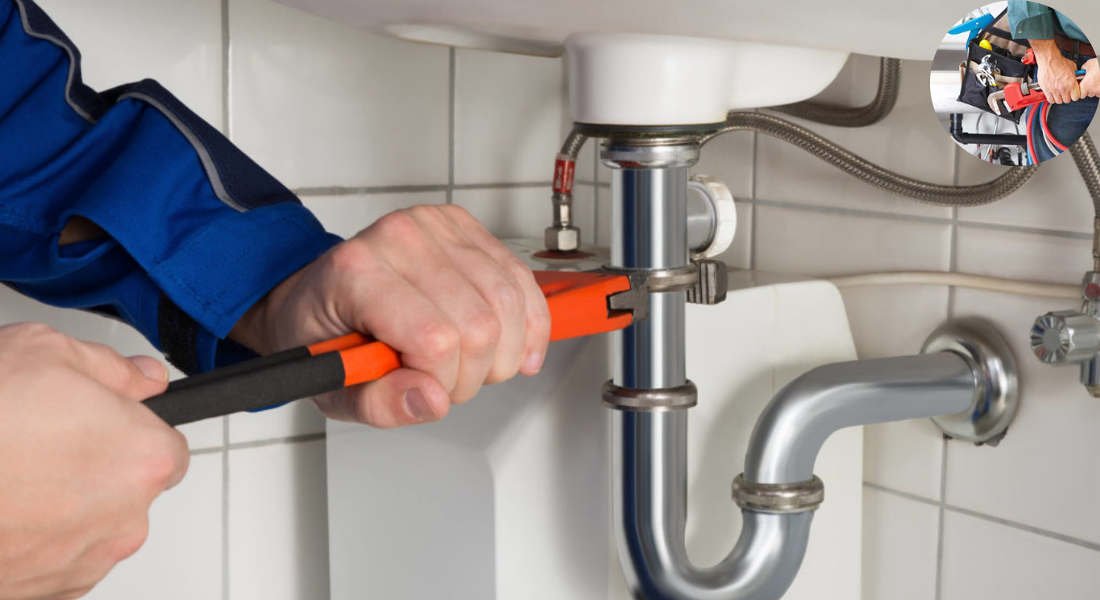
The Connection Process
FIP fittings connect to MIP fittings by allowing the male threads to screw into the internal threads of the FIP fitting. This process creates a strong, leak-resistant connection.
Importance of Thread Sealant
To ensure a leak-free joint, it’s essential to use thread sealant or Teflon tape. These materials fill the gaps between the threads, further enhancing the seal.
Step-by-Step Guide to Connecting FIP and MIP Fittings
- Prepare the Fitting: Clean the threads of both the FIP and MIP fittings.
- Apply Sealant: Wrap Teflon tape around the male threads.
- Screw Together: Gently screw the MIP fitting into the FIP fitting.
- Tighten: Use a wrench to tighten, but avoid over-tightening to prevent damage.
FIP vs. MIP: What’s the Difference?
FeatureFIP (Female Iron Pipe)MIP (Male Iron Pipe)
Thread Location Internal External
Connection Type Receives male threads Screws into female
Everyday Use Pipe ends, fixtures Pipe ends, adapters
Typical Markings FIP, FPT MIP, MPT
You may also read (essential tips for cutting a metal roof at home).
Why Both Are Needed
Both FIP and MIP fittings are essential in plumbing systems. They work together to create secure and reliable connections, ensuring water flows smoothly throughout your home.
Common Scenarios for Each
- FIP fittings are typically used at pipe ends and fixtures.
- MIP fittings are often found at the ends of pipes and adapters.
Where Are FIP Fittings Used in Home Plumbing?
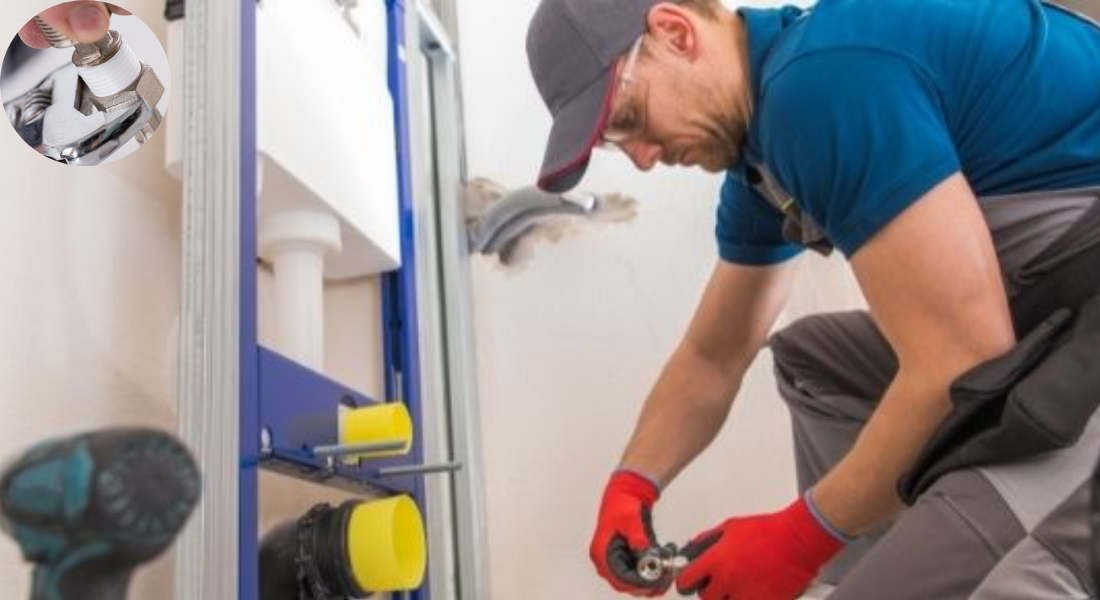
FIP fittings play a crucial role in various parts of home plumbing. Here are some typical applications:
- Attaching Faucets to water supply lines.
- Connecting Water Heaters and boilers to pipelines.
- Securing Toilets, Sinks, and other fixtures.
- Used in Washer, Dishwasher, and steam-dryer hoses.
These fittings are essential in both residential and commercial plumbing systems.
Types of FIP Fittings and Their Applications
FIP fittings come in several types, each serving specific purposes. Here are the most common types:
- Elbows: Change the direction of the piping.
- Tees: Allow connections in three directions.
- Couplings: Join two pipes together.
- Adapters: Connect two different types of fittings.
- Unions: Offer a removable connection between two pipes.
Specialty FIP Fittings
There are also specialty FIP fittings designed for unique plumbing needs. When selecting the proper FIP fitting, consider the project’s specific requirements.
Advantages of Using FIP Fittings
FIP fittings offer numerous advantages, making them a popular choice in plumbing:
- Secure, Leak-Free Connections: The design of FIP fittings ensures a tight seal when connected to MIP fittings, providing a secure and leak-free connection.
- Compatibility with NPT Standards: FIP fittings adhere to national pipe thread standards, ensuring compatibility with other plumbing components.
- Durability and Corrosion Resistance: Materials such as brass and stainless steel offer excellent corrosion resistance, providing long-lasting solutions.
- Versatility Across Materials: FIP fittings are compatible with a wide range of materials, making them suitable for various applications.
Potential Issues and How to Avoid Them
Common Installation Mistakes
While working with FIP fittings, it’s crucial to avoid common mistakes such as:
- Cross-threading: This occurs when the threads do not align correctly, resulting in damage.
- Over-Tightening: Applying too much force can cause the fittings to crack or strip.
Signs of a Faulty FIP Connection
Keep an eye out for signs that indicate a faulty connection:
- Leaks: Visible water escaping from the joint.
- Corrosion: Rust or discoloration around the fitting.
Tips for Troubleshooting
- Check the Alignment: Ensure that threads are aligned correctly before tightening.
- Inspect for Damage: Look for any visible damage to the threads or fittings.
- Use Sealant Wisely: Apply enough Sealant to fill gaps, but avoid overdoing it.
FIP Fittings in DIY Plumbing Projects
When to Use FIP Fittings
As a homeowner, you might encounter various situations where FIP fittings are necessary. Common instances include:
- Replacing old fixtures.
- Connecting new water supply lines.
- Repairing leaks in existing plumbing systems.
Safety Tips for DIY Installation
When installing FIP fittings, keep these tips in mind:
- Turn Off Water Supply: Always shut off the water supply before beginning any plumbing work.
- Wear Proper Safety Gear: Safety goggles and gloves can protect you from potential hazards.
Tools Required
To work with FIP fittings, you’ll need the following tools:
- Adjustable Wrench: For tightening and loosening fittings.
- Pipe Cutter: To cut pipes to the desired length.
- Teflon Tape: For sealing threads.
You may also read (unlocking home value the impact of new plumbing).
